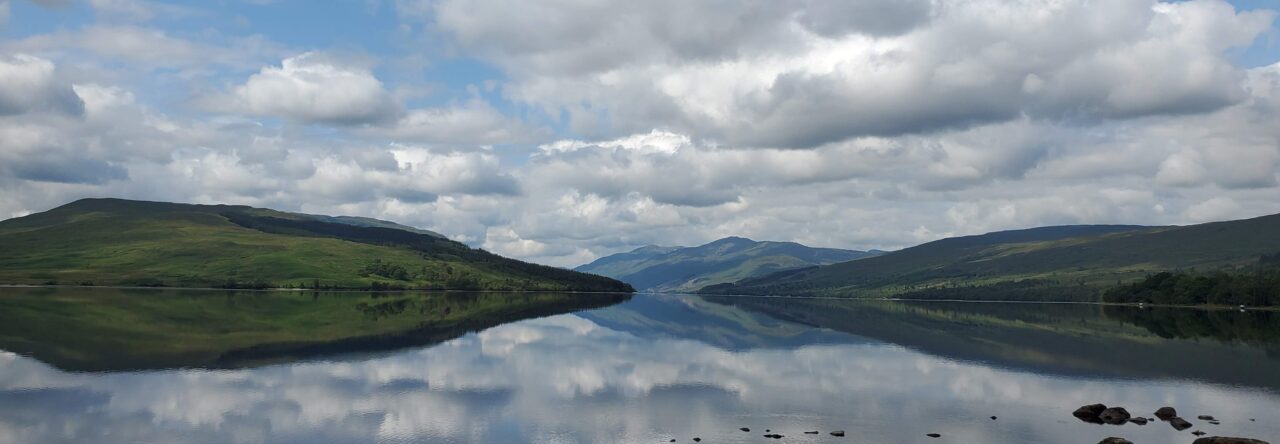I recently wrote two pieces for the Project Management Institute that focused on infrastructure project opportunities in emerging markets outside the BRICs – Chile, Vietnam, Nigeria, Poland, Turkey, Costa Rica and Kenya were the countries that made it into the final edit. I also did research on Argentina and I’d like to publish that here because the country is fascinating and José D. Esterkin and Ana Maria Rodríguez had interesting insights.
The Argentinian economy deflated with the global recession, and its current president, Cristina Fernández de Kirchner, has had a rough couple of years. But if you look at where the project management demand is you can see which sectors will lead Argentina out of its slump (and which sectors you may consider investing in).
One is information technology. “The industry is growing rapidly because fees are lower than in other places of the world and professional level is very high,” says Ana Maria Rodríguez, PMP, executive manager, ERA Project Management, Rosario, Argentina.
Petrochemical, cereal (biodiesal plants), steel, and food companies are also requesting project management at global standards.
According to José D. Esterkin, PMI Buenos Aires, Argentina Chapter Esterkin awareness of project management in Argentina has grown exponentially over the past five years as companies focus on project management methodology to have predictability in their plans. This is especially true when dealing with an economy in flux, and changing regulations. “The challenge is to develop successful projects in spite of government measures,” says Ms. Rodriguez.
Technical skills are very high in Argentina. The need now is to combine the hard skills with soft skills like negotiation, leadership and communications. Ms. Rodriguez adds companies will need specialized training in certain areas of PM such as Program and Portfolio Management and Risk Management.
“We don’t have many project managers who are certified, we need to make project manager as a profession like lawyers”, posits Mr. Esterkin.

